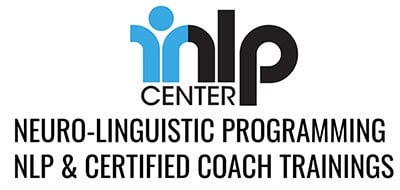In this post:
• Neuro-Linguistic Programming’s future pacing technique
• Amazing health research
• How future pacing installs positive expectations
• Key to igniting feel-good hormones
• Specific examples of future pacing
Let’s learn how NLP future pacing creates positive expectations, releases dopamine, and can even affect life-and-death health issues.
Installing positive expectations into your mindset can change your life in surprising ways, especially when it comes to self-motivation. And nothing sets positive expectations better than the NLP technique called future pacing.
Can you believe this?
Your chances of thriving after a medical issue improve when you have positive expectations. Researchers can even predict health after heart transplant surgery via patients’ expectations.
Positive expectations predict health after heart transplantation.
Leedham, Beth,Meyerowitz, Beth E.,Muirhead, Jan,Frist, William H.
Health Psychology, Vol 14(1), Jan 1995, 74-79As predicted, patients’ self-reported positive expectations were generally associated with good mood, adjustment to the illness, and quality of life, even in patients who experienced health setbacks.
High preoperative expectations predicted later adherence to a complex medical regimen. Positive expectations measured before the transplant predicted a substantial amount of the variance in the nurse’s ratings of physical health 6 months after surgery, covarying for adherence behavior and preoperative health.
What is Future Pacing and How Does it Ignite Positive Expectations and Feel-Good Hormones?
The Neuro-Linguistic Programming (NLP) technique, future pacing, installs positive expectations into your mindset. It’s a pervasive element of any quality NLP training. With future pacing, we experience the positive results we want to happen beforehand.
Most life coaches use future pacing after clients experience a positive mindset shift. The coach asks you to imagine having the new mindset with you when you need it. It’s simple. It creates anticipation and there is brain chemistry behind it.
Does NLP future pacing release feel-good hormones?
We can safely assume future pacing releases dopamine, the feel-good hormone that causes motivation.
When you anticipate something you want, reward centers in your brain activate via the nucleus accumbens. Feel-good hormones flood the mesolimbic dopamine pathway, which reinforces the positive behaviors.
It’s easy to believe you’ll flood with good feelings upon thoughts of getting something you want. Look at lottery players. They imagine the money, perceived freedom, toys, and bliss they’d experience upon winning. The fantasy is enough to make millions of people buy tickets in spite of infinitesimal odds. Gambling is fueled by an irresistible dopamine rush.
But what about creating positive vibes to get useful but annoying stuff done, like the dishes? Or doing something intimidating, like asking someone out on a date?
Examples of Future Pacing in Life Coaching
Imagine you’ve arrived at a feeling of high motivation to get something done, such as writing that book you’ve been putting off. After a life coaching intervention, you can’t wait to get started! In this important moment, the coach might help you future pace your enthusiasm by saying:
The next time it’s time to do some writing, imagine having this state of high motivation with you. What will that be like?
Imagine that it’s the designated time for you to write and you feel the way you do right now. How is that going to change things?
The next time you sit down to write, what will you see, hear and feel on the inside, given the changes you’ve experienced today?
When you use future pacing, you can be as simple or elaborate as you want. A life coach should encourage you to experience the anticipated result by seeing, hearing, and feeling the rewards. This drives positive expectations deeper into your mind and body. Then, you’ll you’re ready to run on all cylinders.



